What Can You Compost? 11 Different Options
-
Pete Ortiz
- Last updated:
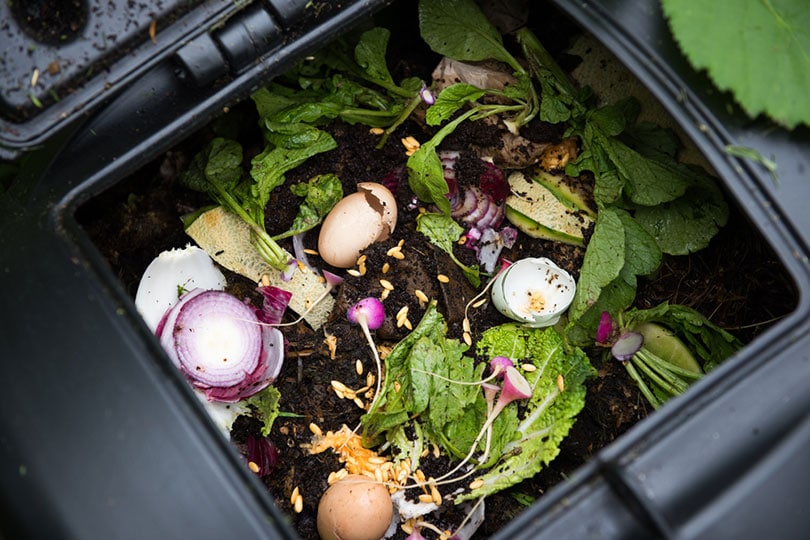
Composting is a great way to facilitate a more natural garden while also cutting down on landfill trash and costs. Starting a healthy compost pile is an easy endeavor. One of the most important things about composting is learning what can be composted and what cannot be composted. Trying to compost the wrong types of materials can lead to an unhealthy compost pile that does not function properly or can even be bad for your health.
What can you compost? Here are 11 different classes of compost waste that can easily be found around your home or yard, as well as some tips about what you shouldn’t compost.
The 11 Different Things to Compost
1. Vegetable Waste
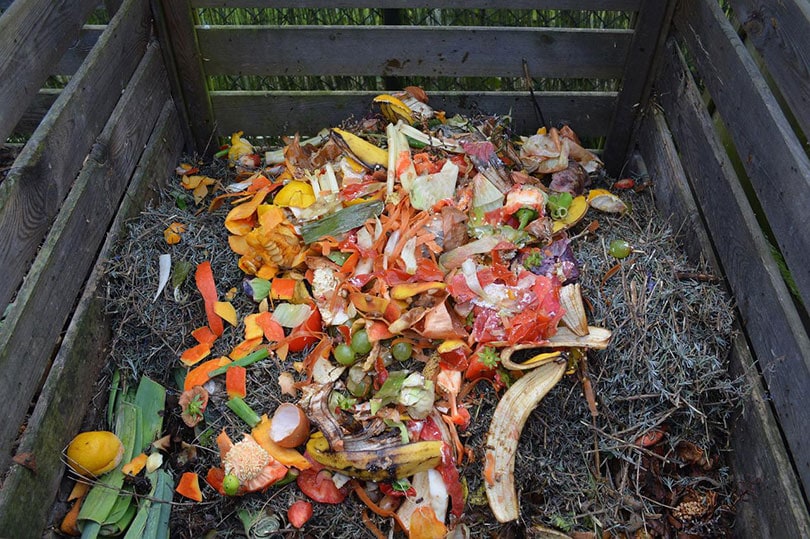
Vegetable waste is one of the easiest and most prevalent forms of compost material available. Vegetable waste makes for a great compost base, and it is something that many people have access to in their kitchen. Anything leftover on the cutting board after chopping fresh vegetables can be safely put into your compost pile.
Examples of good vegetable waste include pepper tops, carrot stems, potato skins, squash rinds, and old lettuce. Uneaten vegetables can also be put into the compost pile. Everyone has cleaned out their refrigerator to find squishy cucumbers and wilted spinach. Those things don’t need to be thrown away, and they can be composted instead.
2. Fruit Waste
Fruit waste is another great natural compost material similar to vegetable waste. Fruit waste is another abundant form of green compost that can be safely added to any compost pile in conjunction with vegetable waste. The inedible parts of the fruit are great things to add to compost to keep them out of the local landfill. Strawberry tops, banana peels, and apple cores are some examples of easy and fresh compost material that can be used at any time. Fresh fruit is best. Do not put frozen fruit or candied fruit into a compost pile.
3. Yard Clippings

Bagging up yard waste and scheduling a special pick-up from your trash hauler can be a pain. Luckily, yard clippings can be safely composted. Grass trimmings, small branches, and weeds can all be added to a compost pile without thinking twice. No more bagging piles of weeds and dragging them down to the curb. Just throw the yard clippings into your compost bin and move on.
4. Most Paper
Most paper products can be composted in addition to natural plant material. Paper is originally made from wood pulp, and it can return to that natural state in a compost pile. The trick is to collect black and white paper with no color ink. Printer paper, newspapers, parchment paper, and even old books can be put into a waste pile to break down over time. If you don’t see any color on it, the paper should be safe for your backyard compost. Paper also makes a great foil for green plants and can be used to break up compost layers and feed helpful garden worms.
5. Cardboard
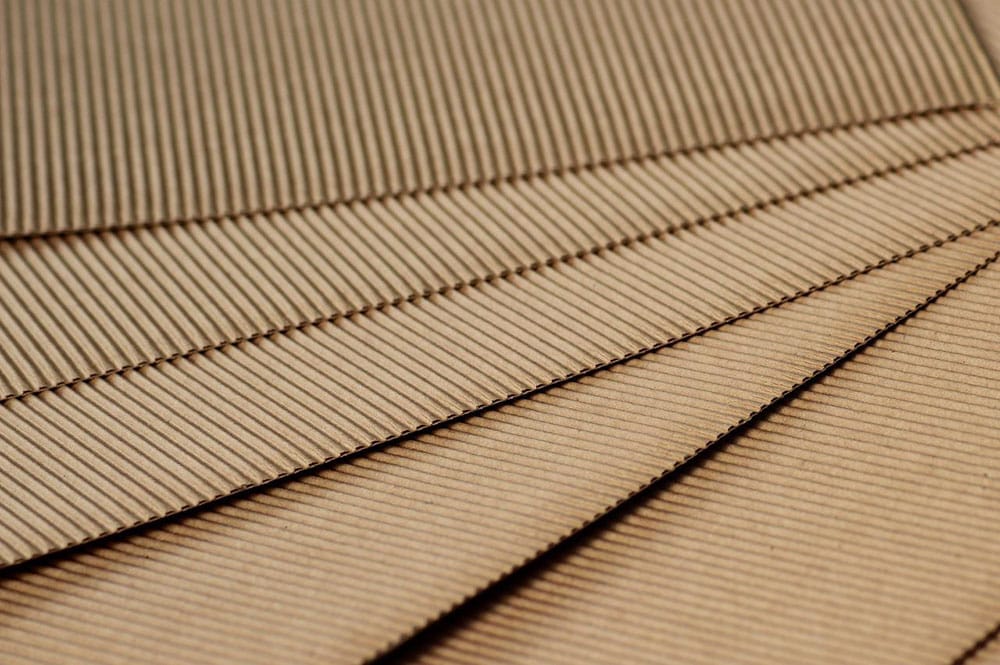
Like paper, cardboard can also be composted. Most cardboard does not have colored ink on it, making it a great composting material. Cardboard boxes are prevalent in today’s online-purchasing society and composting them can save a lot of space in garbage dumps. In fact, some estimates claim that up to 30% of landfill mass is made up of cardboard material. Not only does cardboard break down naturally, but it can also be saved from a gross existence cluttering local landfills. That’s a win-win!
6. Herbivore Manure
Some people have abundant access to herbivore manure. The droppings from animals that exclusively eat plants make great compost. Not only does herbivore manure make for great compost, but picking it up and using it gives the waste new life. Droppings from horses, cows, sheep, and goats are all great sources of compost material. Since these animals only eat plants, their waste is made up of entirely plant-based material with beneficial enzymes. Herbivore waste can also save you money at the register. Why pay for manure when you can compost it yourself?
7. Wood Waste
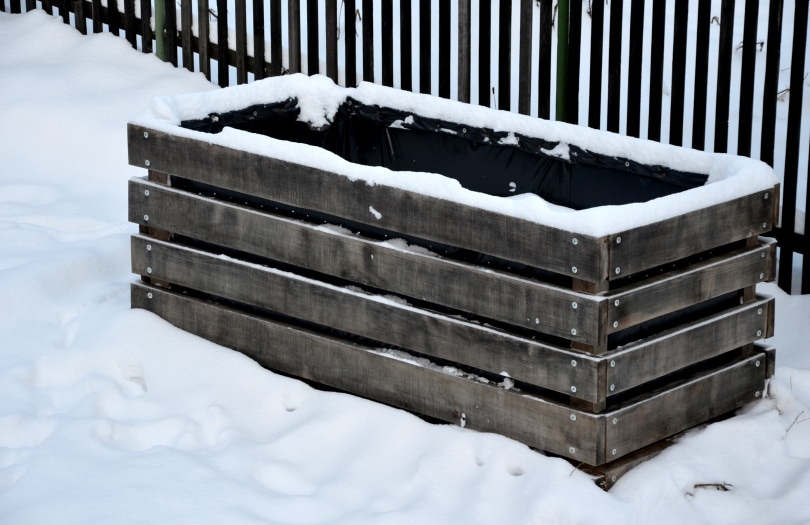
Wood is another excellent source of reliable composting material. Wood waste includes things like wood shavings, sawdust, wood chips, and bark. Many garages and workshops end up full of old wood waste that many people simply sweep up and throw away. This wood material will be right at home with your kitchen waste in your compost pile.
8. Coffee and Tea
Millions of people drink coffee or tea every single day. All that coffee consumption creates a ton of coffee waste that can be easily composted. Coffee grounds and old tea bags make great additions to any compost pile. But it is not just the grounds and the leaves that can be composted. The bags and the coffee filters can also be safely put into the compost pile. Coffee filters and tea bags are made from natural porous materials that break down very quickly. Coffee drinkers will find a consistently reliable source of compost from their morning joe.
9. Plant Detritus

Not all plant material comes from yard clippings. Some plants leave behind detritus and waste that can be composted without you having to do all of the work. Good plant waste includes dead leaves, fallen branches, and moss. Many yards need to be raked in the autumn and taking those leaves and composting them is a great option. Anything that falls from nearby trees can often be composted with favorable results.
10. Cotton, Wool, and Other Natural Fibers
Natural fibers will break down and help the composting process. Many people forget that there are a lot of old rags and clothes made from completely natural materials. Cotton and wool are some common items that people have that often make it into the trash instead of the compost pile. An old wool sock, for example, can easily be thrown into the composter rather than the trash. Just make sure that any cloth you compost is made from natural fibers rather than synthetic materials.
11. Ashes

Ashes from a fireplace or fire pit can be added to a compost pile. During the winter, many fireplaces fill up with soft wood ash that has to be disposed of to keep fireplaces healthy. This ash can find new life as a compost additive. Just make sure that the ash doesn’t contain any plastic or metal. If you only burn dry wood, then the leftover ashes will be perfect for the composting process.
What NOT to Compost
While there are a lot of things that can be safely composted, there are also quite a few things that should never be composted. The similarities between all good composting materials are based on plant matter. Plants should always be the base of a healthy compost pile. Unnatural and animal materials should always be avoided.
According to the Environmental Protection Agency, these are some things that should never be put into the compost pile.
- Coal or charcoal
- Any dairy products
- Meat
- Fats
- Oils
- Carnivore waste
- Plastics
- Chemicals
- Diseased plant material
Animal-based materials, such as fat or meat create terrible odors when they break down. Anyone who has smelled rotten milk knows that it is not something that you want hanging around. Animal byproducts like meat and fat also attract pests like flies, rats, and wild dogs. Similarly, synthetic materials like plastics, inks, dyes, and pesticides should also be avoided. They can contain harmful materials that will kill your plants when the compost is used.
An unhealthy compost pile will often reek, have a large number of flies around it, and will not produce good-looking soil. If you have an unhealthy compost pile, the best bet is to dispose of it and start over with good materials to avoid further contamination.
- Related Read: Can You Compost Shrimp Shells? What You Need To Know!
Composting Tips
After you have secured a safe source of healthy composting materials, the next step is to build and maintain your pile. Here are some tips to consider when tending to your compost.
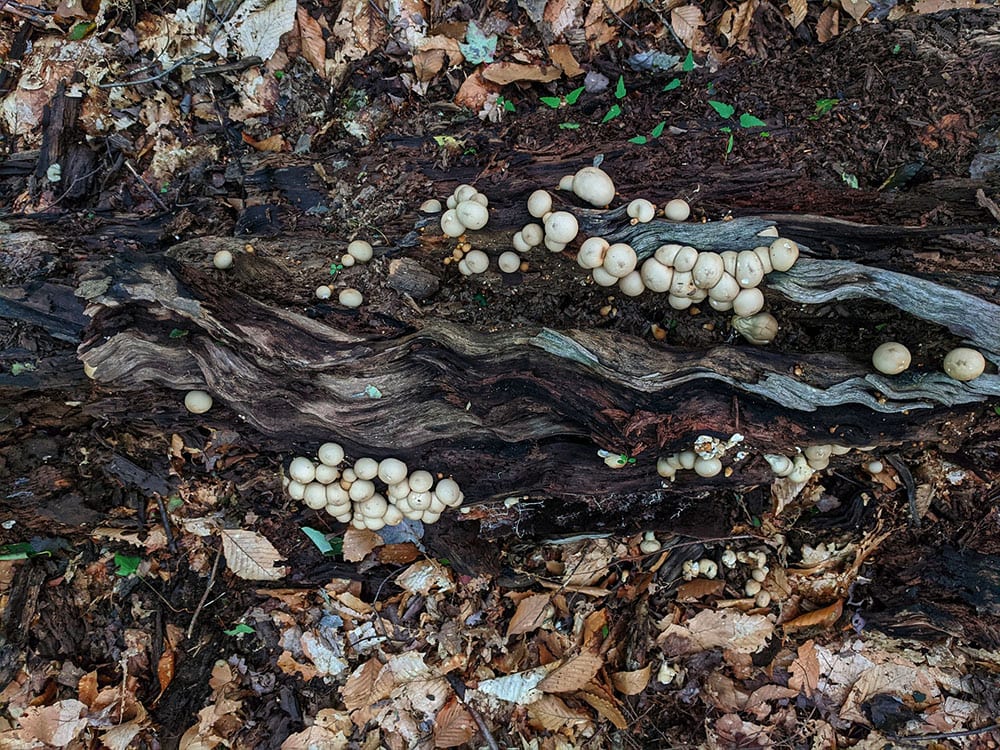
Turn the Compost
Compost should be turned or tilled regularly to ensure a healthy balance. Tilling the compost helps to keep it aerated and loose. This helps the decomposition cycle continue at a good pace. Many pre-made compost bins come with a way to easily turn the compost to help facilitate the process.
Layer the Compost
Experts say that the best compost piles are constructed with layers. Compost layers should alternate between green material and brown material. Green material includes plant waste, vegetable cuttings, and old fruit. Brown material includes paper, coffee grounds, wood shavings, and other similar items. Keeping these layers intact will help the compost settle evenly and create the best quality soil in the end.
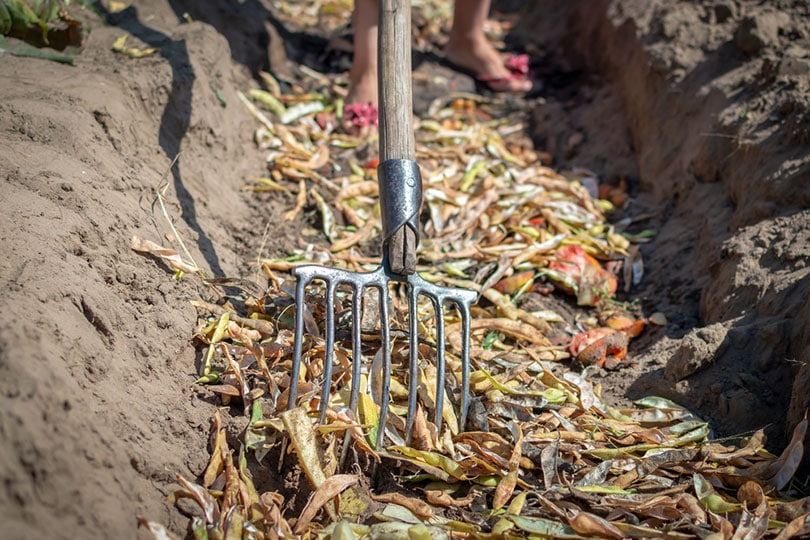
Keep Compost Moist
Lastly, compost piles should be kept moist. In dry areas and dry seasons, some compost piles will need light watering every once in a while to keep the moisture levels healthy. The microscopic organisms that facilitate composting need moisture and air to work. A dry compost pile will eventually slow down and stop. Do not soak the piles. Simply make sure that they are moist inside.
Benefits of Maintaining a Compost Pile
Composting has a slew of benefits. One of the biggest benefits is helping to keep food waste out of landfills. Landfills are often sealed to prevent the decomposition process from occurring too quickly. Things that break down in a matter of weeks in a compost pile can take months or even years in a landfill. Everything that gets composted at home doesn’t make the long trip to the local garbage dump, which can dramatically cut down on total garbage mass over time.
Other benefits of composting include fostering a healthy ecosystem for your garden. Natural compost can be a healthy alternative to chemicals and fertilizers that are often bought at the store. Composting also boosts natural bacteria and enzymes in the soil that will improve the health and longevity of your plants.
Conclusion
Knowing what you can and cannot compost is half the battle. Once you know what is safe to compost and where to get it, composting becomes as easy as taking the material to the pile and dropping it off. As long as compost piles contain the proper material, they will often work on their own over time with very little input. Soon, you will have a healthy compost pile that produces natural soil for use at home.
Featured Image Credit: Anna Hoychuk, Shutterstock
Contents



